Podcast: Play in new window | Download (Duration: 31:30 — 21.7MB) | Embed
Subscribe: Apple Podcasts | Spotify | Amazon Music | Android | Pandora | iHeartRadio | JioSaavn | Podchaser | Gaana | Podcast Index | Email | TuneIn | Deezer | Anghami | RSS | More
The Fundamental Maxim and The Dark Night of Self-Knowldege – St. Catherine of Siena with Fr. Thomas McDermott O.P.
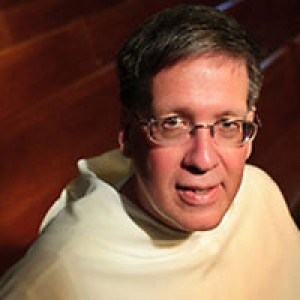
Fr. Thomas McDermott and Kris McGregor discuss the life of St. Catherine of Sienna, focusing on pivotal moments in her spiritual development. They explore St. Catherine’s experiences in prayer, her periods of solitude, and her relationship with her family. St. Catherine’s choice to join the Dominican third order is highlighted, as well as her struggle with temptation and the “dark night of the soul.” Fr. McDermott dispels misconceptions about her attitude towards the papacy by way of her deep love for God and the Church.
St. Catherine’s teachings, particularly her fundamental maxim on self-knowledge and humility tell listeners of the relevance of her spiritual journey for contemporary believers and the importance of maintaining a personal “cell” of self-knowledge and recollection amidst the chaos of the world.
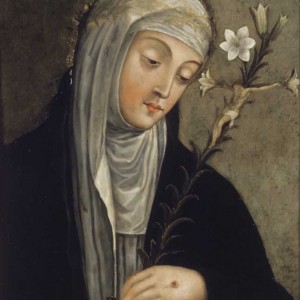
Discerning Hearts Reflection Questions:
- Exploring Solitude and Isolation: How can we distinguish between solitude, as experienced by St. Catherine of Sienna, and isolation? Reflect on the significance of solitude in nurturing one’s spiritual life.
- Family Dynamics and Vocation: Consider St. Catherine’s family’s reaction to her desire for solitude and her chosen vocation. How can we reconcile familial concerns with personal vocations and aspirations?
- Understanding Third Orders: Reflect on the concept of third orders in religious life, such as the Dominican third order to which St. Catherine belonged. How might third orders provide avenues for laypeople to deepen their spiritual lives while living in the world?
- Discerning Religious Experiences: St. Catherine’s experiences of visions and dreams played a significant role in her spiritual journey. How can individuals discern whether their religious experiences are genuine messages from God or products of their own psyche?
- The Dark Night of the Soul: Reflect on St. Catherine’s “dark night” experience and her perseverance through spiritual struggles. How can we maintain faith and love for God during times of spiritual dryness or perceived abandonment?
- The Cell of Self-Knowledge: Explore the concept of the “cell of self-knowledge” as discussed by St. Catherine. How might we cultivate inner recollection and self-awareness amidst the distractions of daily life?
- Love for God and Others: St. Catherine emphasized the connection between one’s love for God and the quality of relationships with others. Reflect on how our interactions with others reflect our love for God, and vice versa.
- Misconceptions and Authentic Spirituality: Consider misconceptions about St. Catherine’s relationship with the Church, particularly regarding her interactions with the papacy. How can we discern authentic spirituality within the context of the Church’s teachings and authority?
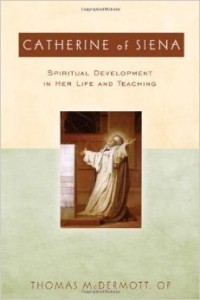
For the entire Discerning Hearts series “The Life and Teachings of St. Catherine of Siena” visit here
Fr. Thomas McDermott, OP is Regent of Studies for the Dominican Province of St. Albert the Great and is the author of “Catherine of Siena: Spiritual Development in Her Life and Teaching” (Paulist, 2008) and “Filled with all the Fullness of God: An Introduction to Catholic Spirituality”. He obtained a doctorate in spiritual theology from the Angelicum and taught for several years at Kenrick-Glennon Seminary in St. Louis. He crrently serves as pastor at St. Vincent Ferrer, in Chicago, IL.

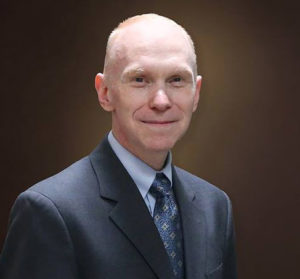
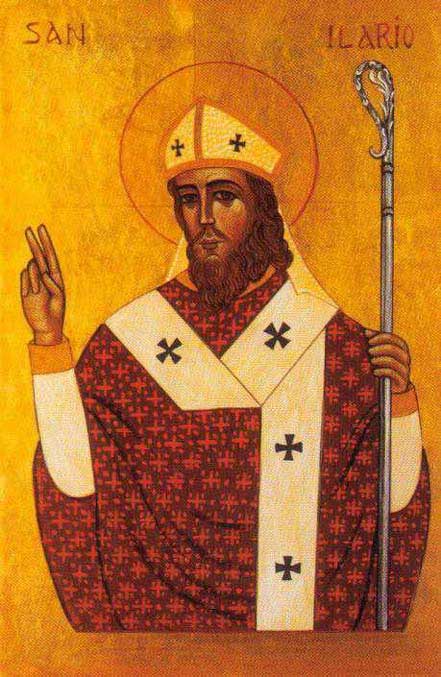
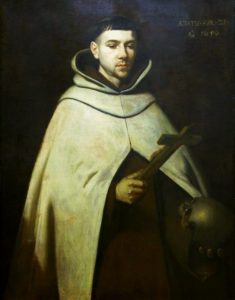
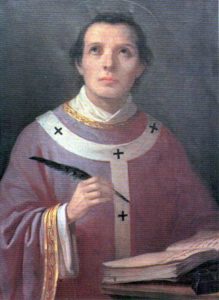
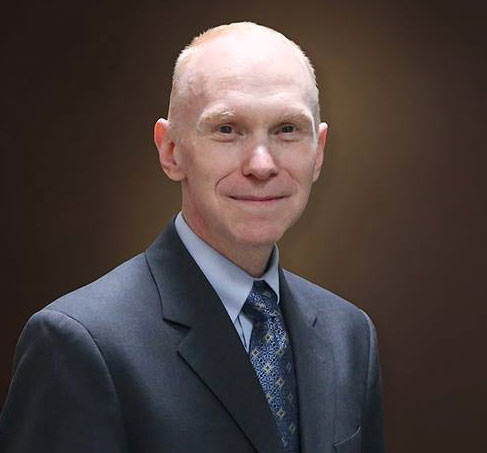
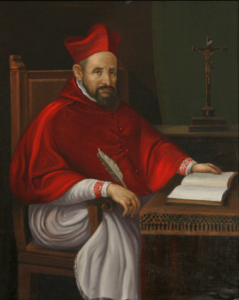 In his book De ascensione mentis in Deum — Elevation of the mind to God — composed in accordance with the plan of the Itinerarium [Journey of the mind into God] of St Bonaventure, he exclaims: “O soul, your example is God, infinite beauty, light without shadow, splendour that exceeds that of the moon and the sun. He raised his eyes to God in whom is found the archetypes of all things, and of whom, as from a source of infinite fertility, derives this almost infinite variety of things. For this reason you must conclude: whoever finds God finds everything, whoever loses God loses everything”.
In his book De ascensione mentis in Deum — Elevation of the mind to God — composed in accordance with the plan of the Itinerarium [Journey of the mind into God] of St Bonaventure, he exclaims: “O soul, your example is God, infinite beauty, light without shadow, splendour that exceeds that of the moon and the sun. He raised his eyes to God in whom is found the archetypes of all things, and of whom, as from a source of infinite fertility, derives this almost infinite variety of things. For this reason you must conclude: whoever finds God finds everything, whoever loses God loses everything”.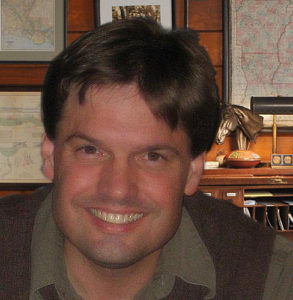
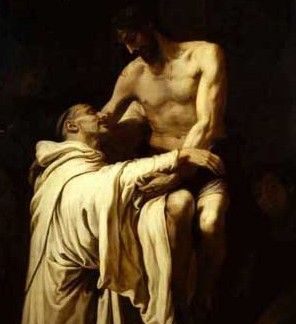
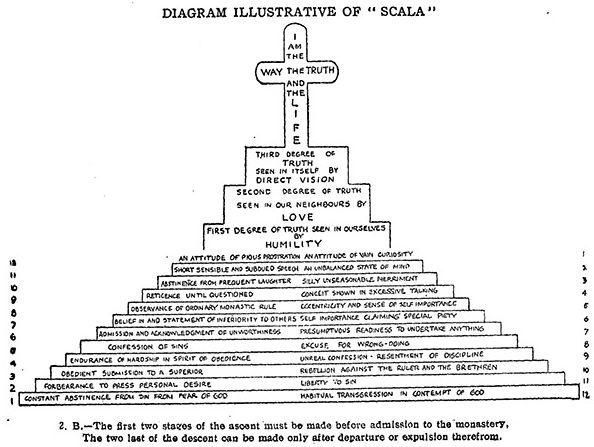
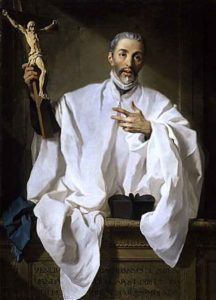 3. John of Avila was a contemporary, friend and counsellor of great saints, and one of the most celebrated and widely esteemed spiritual masters of his time.
3. John of Avila was a contemporary, friend and counsellor of great saints, and one of the most celebrated and widely esteemed spiritual masters of his time.